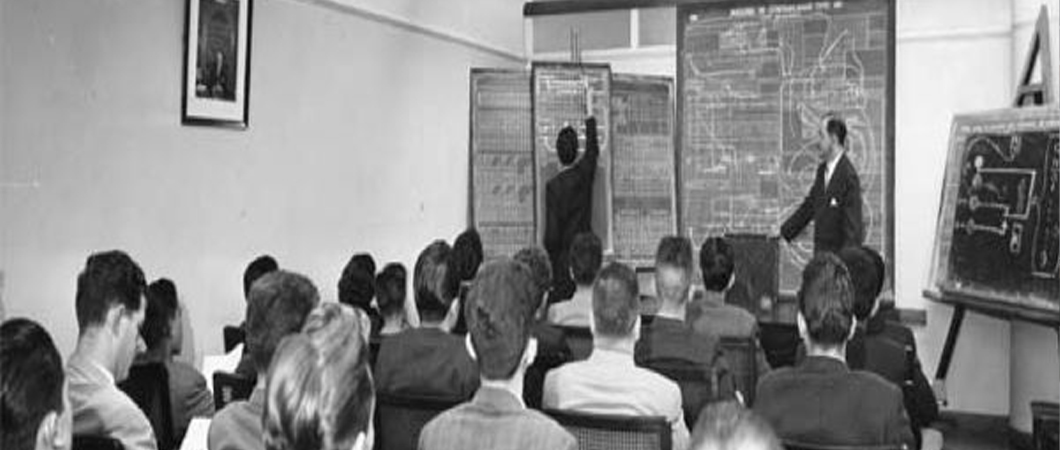Jul 20, 2023 at 2PM to 3PM
The past 30 years
From 1990 to today, there have been radical changes in the way people learn and how businesses approach L&D in the workplace. With emerging technologies and a growing interest in the more person-centred approach to training, L&D has come a long way since the days of the industrial revolution. The current pandemic has necessitated the need for more and more workplace activities, including training, to move online, harnessing technology's power in ways only imagined earlier.

The 90s saw some of the most significant changes in terms of training methods. The new emphasis on the use of technology in every sector soon led to its use in the L&D field. The emergence of e-learning as a defined concept in 1997, and the new and expanding sector of IT and technology, created a need for skilled workers who could develop the sector. The increasing use of computers in the workplace also required employers to provide training to their employees on using the new technology.
With the ever-changing landscape of several sectors, the UK government recognised a skills gap in several industries so issued a skills strategy focusing on matching the demand of employers with the skills of workers. This strategy addressed several challenges, such as decreased productivity and limited international competitiveness. Solutions proposed included free education for school leavers with minimum qualifications, the inclusion of technology training as part of the Adult Basic Skills campaign, and removing the age cap of 25 on apprenticeships.
Increasingly, apprenticeships were designed in consultation with business to make sure they were fit for purpose. The aim was to ensure that potential employees had the skills they needed to find work and that companies could hire people who were able to apply their skills in a practical way quickly.
The drive for a more skilled workforce continued with the publication of a review in 2006 that highlighted skills shortage issues and lack of qualifications amongst a significant part of the workforce. Targets were set stating that by 2020, 95% of the country should have a minimum of a level 2 qualification (equivalent to five GCSEs or a vocational award) and that there should be a dramatic increase in the numbers of individuals with higher levels of qualifications. Diplomas, increased apprenticeship opportunities, and the International Baccalaureate were introduced to help young people attain the necessary skills to contribute to the workforce
It was also suggested that responsibility should be shared between the government, businesses, and individuals, with companies and individuals primarily managing the specific skills required in certain roles, and the government controlling basic skills development.
Nowadays, interest and investment in a good L&D strategy are commonplace. L&D has significantly evolved over the centuries, and businesses are steadily improving their processes to make sure their employees receive the training and support they need to be able to do their job well. Technology and innovations have had a significant impact on L&D in recent years, but the focus on person-centred learning is still important, with training being tailored to enable individuals to fulfil their potential while still positively contributing to business and the economy.


